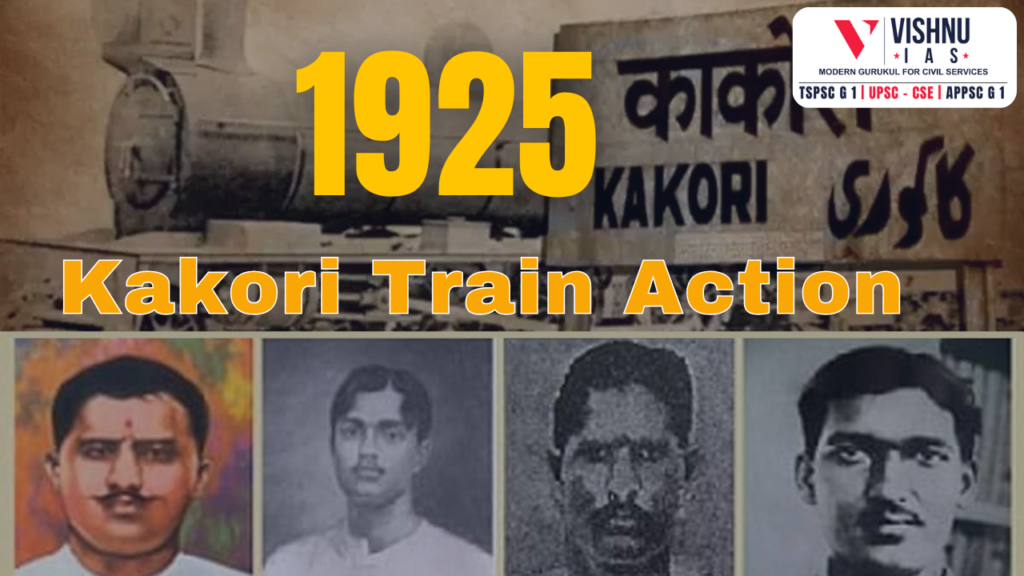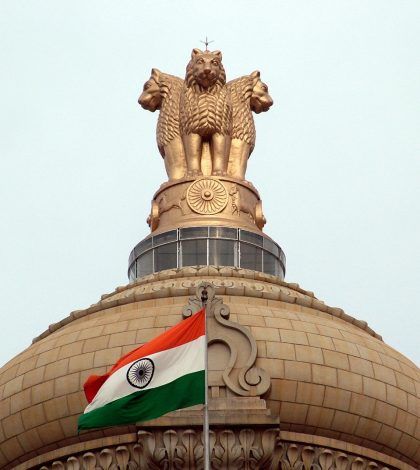Prominent revolutionaries of the Indian independence movement were hanged on December 17 (Rajendranath Lahiri) and December 19 (Ashfaqullah Khan, Ram Prasad Bismil, and Thakur Roshan Singh) in 1927, two years after the Kakori Train Robbery.
The founding of the Hindustan Republican Association
- The HRA was founded by a group of young men who were disillusioned by Gandhi’s tactics and what they felt was zealous preaching of “non-violence.”
- Ram Prasad Bismil and Ashfaqulla Khan were among the group’s founders. Others included Sachindra Nath Bakshi and trade unionist Jogesh Chandra Chatterjee. Figures such as Chandra Shekhar Azad and Bhagat Singh would also join the HRA. Their manifesto released on January 1, 1925, was titled Krantikari (Revolutionary).
- It proclaimed, “The immediate object of the revolutionary party in the domain of politics is to establish a federal Republic of United States of India by an organized and armed revolution.”
What was the Kakori Train Action incident?
- The Number 8 Down Train ran between Shahjahanpur and Lucknow was first train robbery by HRA in August 1925.
- The revolutionaries planned to rob treasury bags meant to be deposited in the British treasury. Their objective was both to fund the HRA and garner public attention for their work and mission.
- On August 9, 1925, as the train was passing the Kakori station, Rajendranath Lahiri, pulled the chain and stopped the train. Subsequently, around ten revolutionaries, including Ram Prasad Bismil and Ashfaqullah Khan looted the treasury bags (containing approx. Rs 4,600) and escaped to Lucknow.
- Due to a misfiring Mauser gun, one passenger (a lawyer named Ahmad Ali) was killed during the robbery, harming the revolutionaries’ intentions to elicit a positive public reaction.
What happened to the HRA afterwards?
In 1928, a year after the execution of the Kakori Conspiracyaccused, the HRA merged with various other revolutionary groups that had emerged in Punjab, Bihar and Bengal and became the Hindustan Socialist Republican Association (HSRA).
Why did the Kakori incident elicit such strong reactions?
- The severity of the British response was somewhat surprising, especially the handing out of capital sentences.
- One way to view the Kakori incident is to see the symbolic message that it sent to the British Raj. The British response to Kakori was to set an example for future revolutionaries and restore British authority in the minds of the people.
- For Indians, the Kakori incident is remembered as one of many revolutionary activities that were undoubtedly brave but ended in tragedy.


